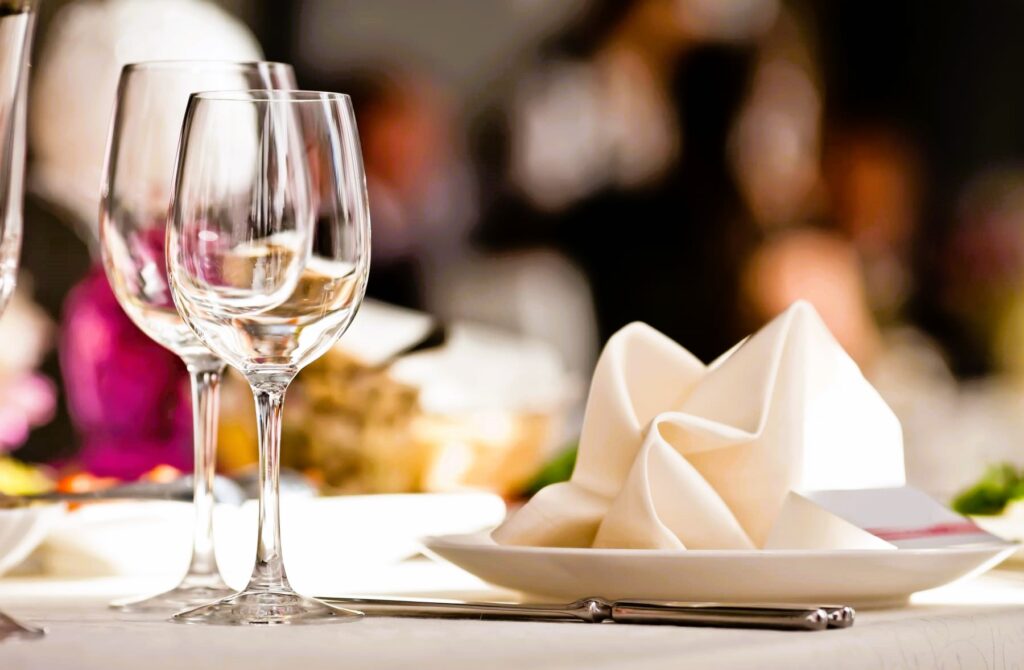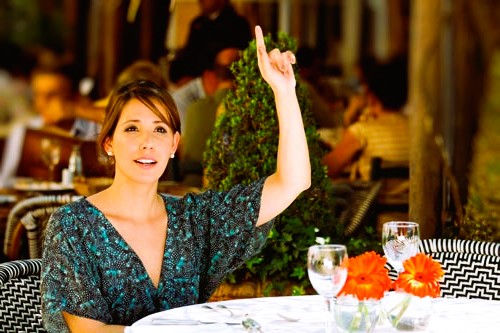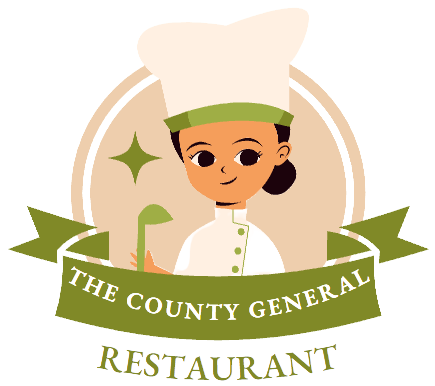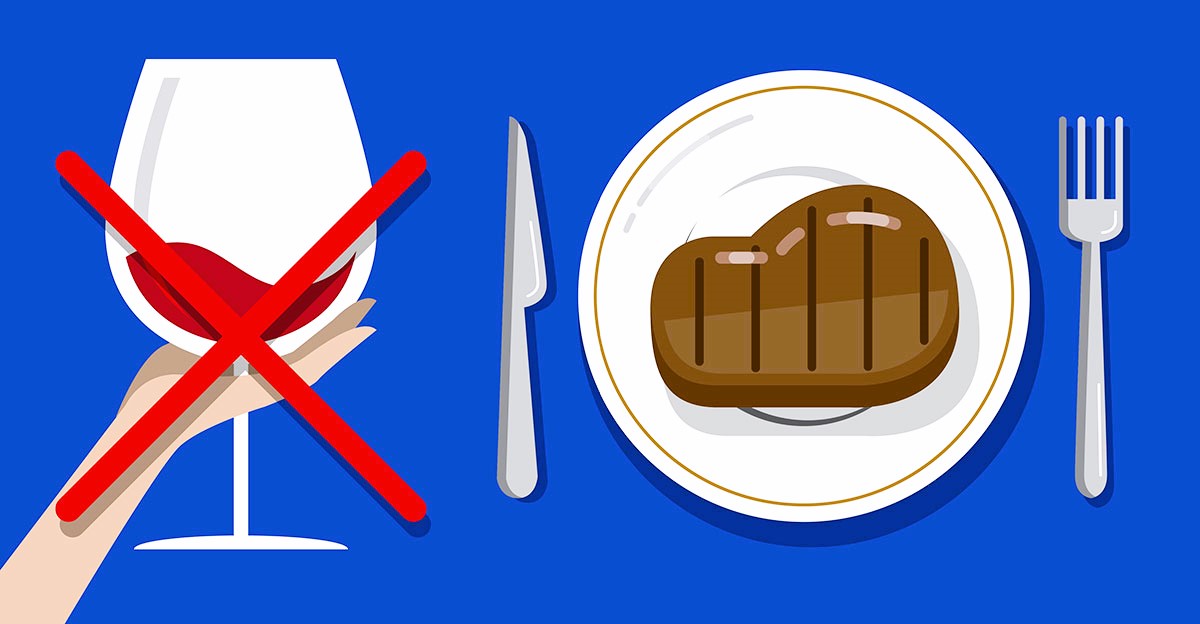In a world that embraces diversity and multicultural experiences, understanding proper dining etiquette has never been more crucial. Whether you’re attending a formal business dinner, a family celebration, or a romantic date at an upscale restaurant, having polished table manners not only reflects your respect for the occasion but also enhances your overall dining experience. In this article, we delve into the nuances of dining etiquette for fine dining, exploring the art of navigating utensils, interacting with fellow diners, and making a lasting impression.
Mastering the Art of Utensils
A beautifully set table can be a work of art, but it can also be intimidating if you’re unsure about the proper use of utensils. The key is to start from the outermost utensils and work your way in as the meal progresses. The fork is typically placed on the left, while the knife and spoon rest on the right. Remember, the fork’s tines should always face upwards.
Navigating Multiple Courses
Fine dining often involves multiple courses, each with its own set of utensils. As you move through the meal, the utensils will be presented accordingly. If you’re uncertain about which utensil to use, observe your fellow diners discreetly or refer to the “outside-in” rule: utensils for the outermost course are used first.
Mastering the Silent Language of Napkins

A napkin is more than just a tool for catching spills; it’s a communication device that conveys your intentions. Once seated, unfold your napkin and place it on your lap. If you need to excuse yourself from the table temporarily, place your napkin on your chair to signal that you’ll be returning. When the meal is finished, leave your napkin neatly folded on the left side of your plate.
Engaging in Conversations
Fine dining is not just about the food; it’s also an opportunity for engaging conversation. When dining with others, practice active listening and maintain eye contact. Keep your phone on silent and avoid checking it during the meal. Engage in courteous small talk, and be mindful of discussing topics that may be sensitive or controversial. Do you like cooking? Also check out Iconic Toronto Dishes.
The Art of Ordering
When ordering in a fine dining establishment, follow the lead of your host or the waitstaff. If you’re the one hosting, consider selecting dishes that cater to various dietary preferences to ensure all guests have options. It’s also a good practice to ask your server for recommendations, as they are knowledgeable about the menu and can provide insights into the chef’s specialties.
Toasting and Cheers
Toasting is a common practice during celebratory meals. Hold your glass by the stem to avoid warming the contents with your hand. Make eye contact with the person you’re toasting to and raise your glass slightly. Remember, the clinking of glasses is a joyful gesture, but be sure to do it gently to avoid spillage.
Navigating Dietary Restrictions
If you have dietary restrictions or allergies, it’s courteous to inform the restaurant in advance. This allows the chef to make necessary accommodations and ensures a seamless dining experience for everyone. When ordering, you can discreetly remind your server about your restrictions to prevent any accidental mix-ups.
Gratitude and Farewells

At the end of the meal, express your gratitude to your host or the waitstaff. A simple “thank you” goes a long way in acknowledging the effort that went into creating your dining experience. If you’re dining with a group, remember to thank the host and fellow diners for their company.
Conclusion
Polished table manners are not just about following a set of rules; they reflect your consideration for others and your appreciation for the art of dining. By mastering dining etiquette, you enhance your ability to fully enjoy fine dining experiences while making a positive impression on those around you.
For more information on dining etiquette and social norms, you can explore Wikipedia’s article on Table Manners or visit Canada.ca’s Etiquette and Protocol section for insights into cultural norms and social practices.

